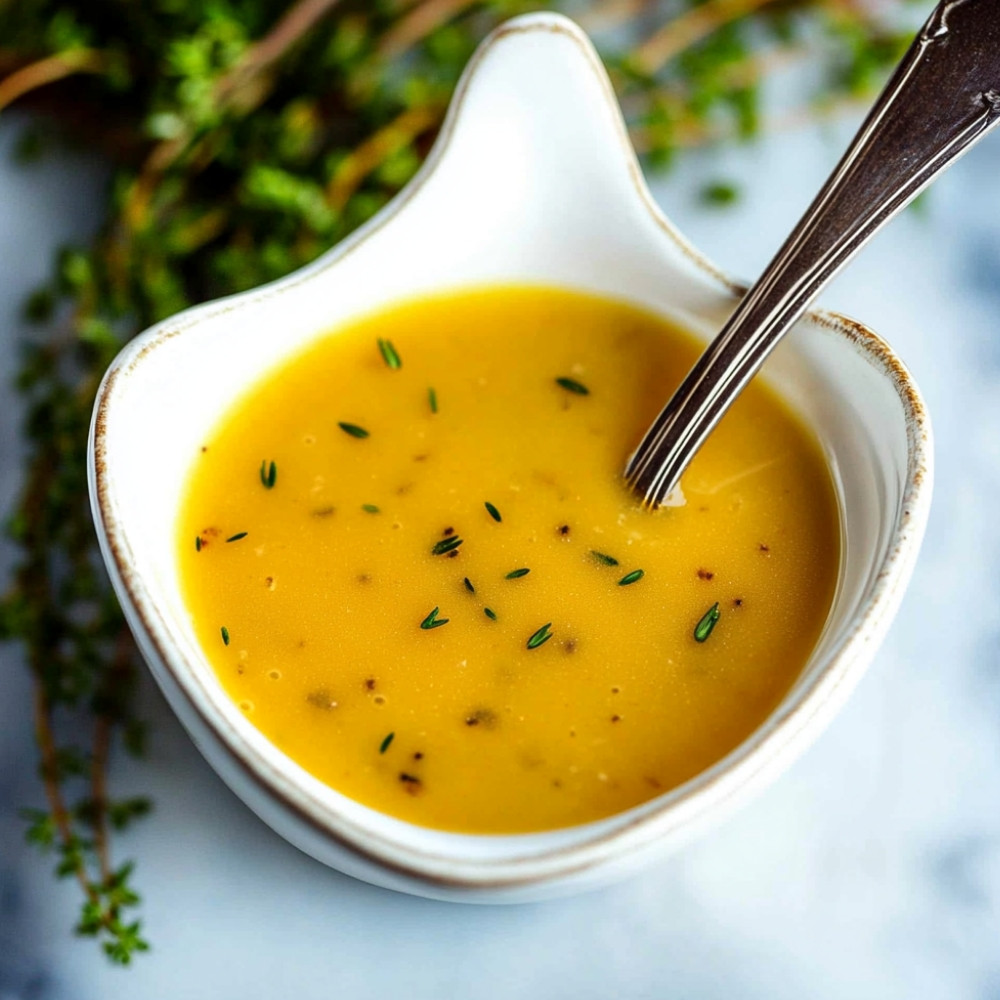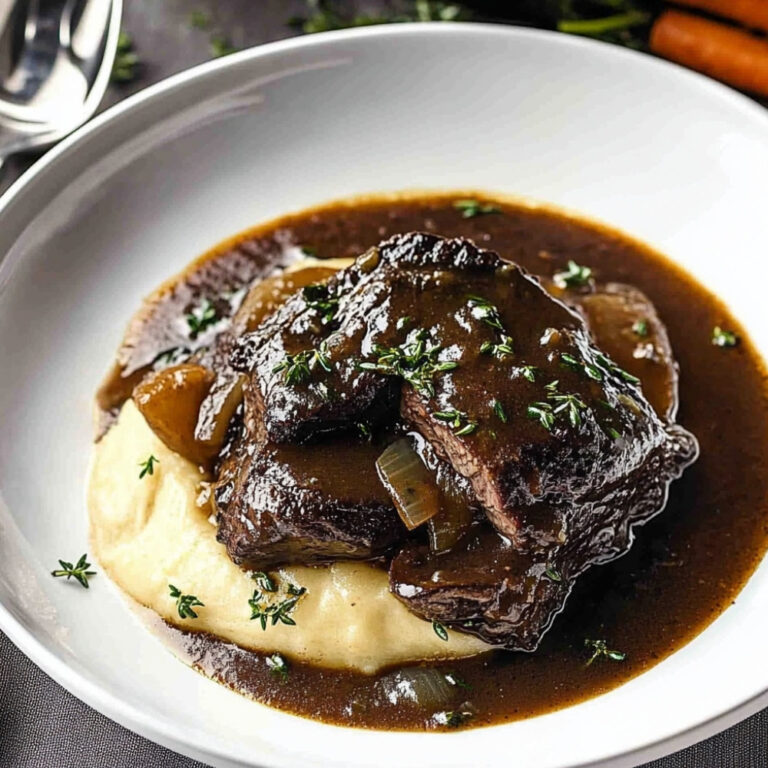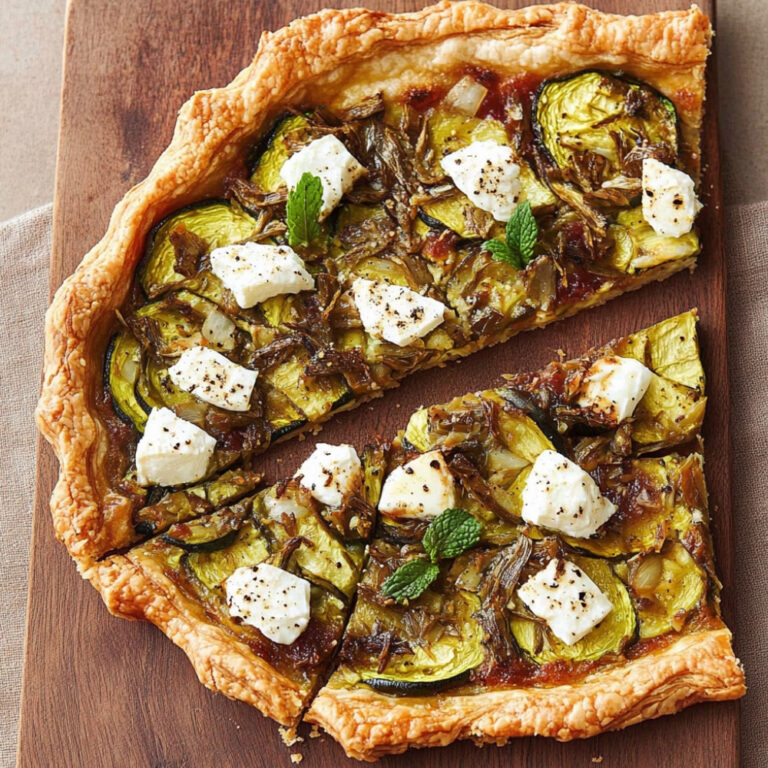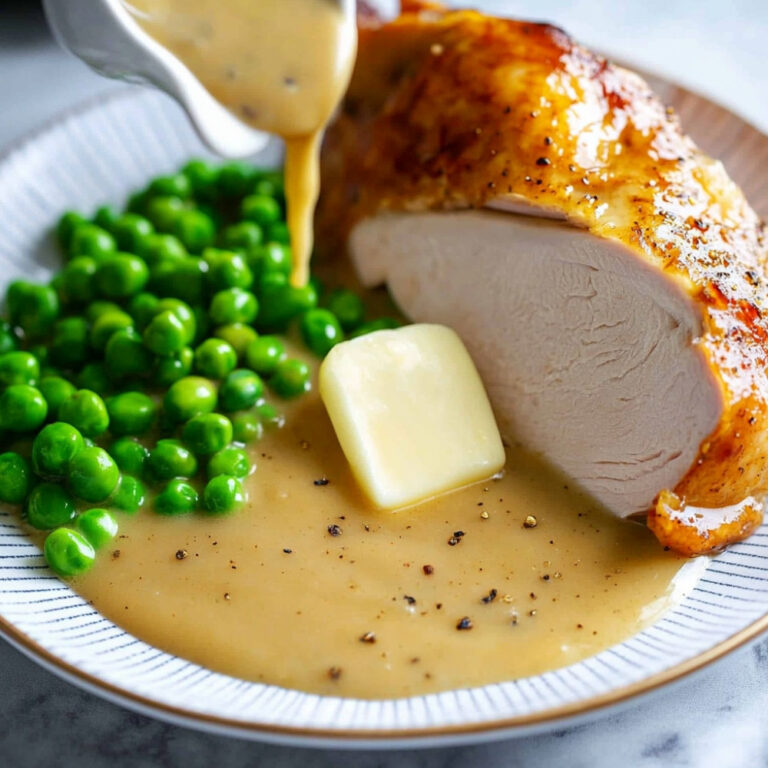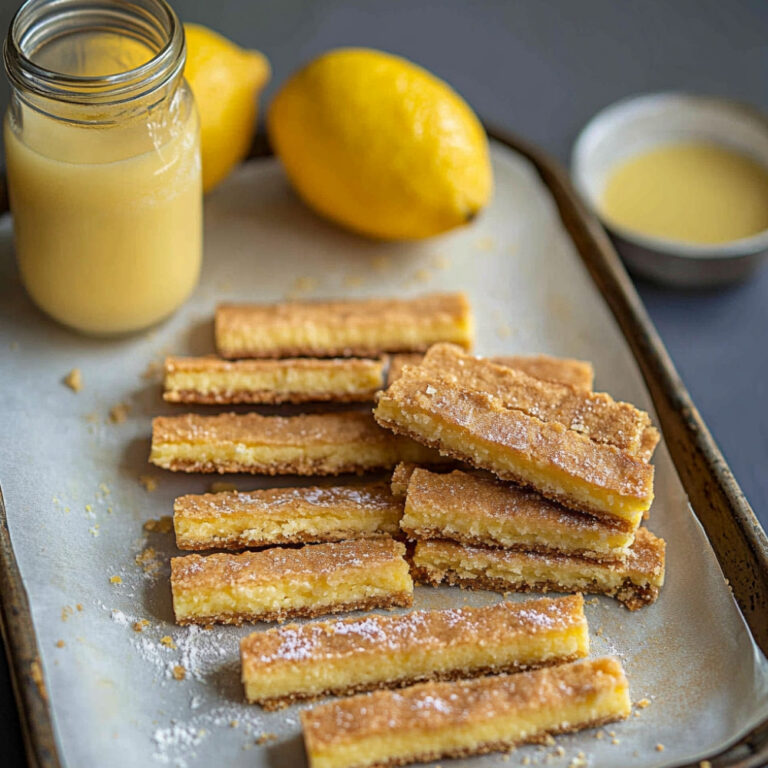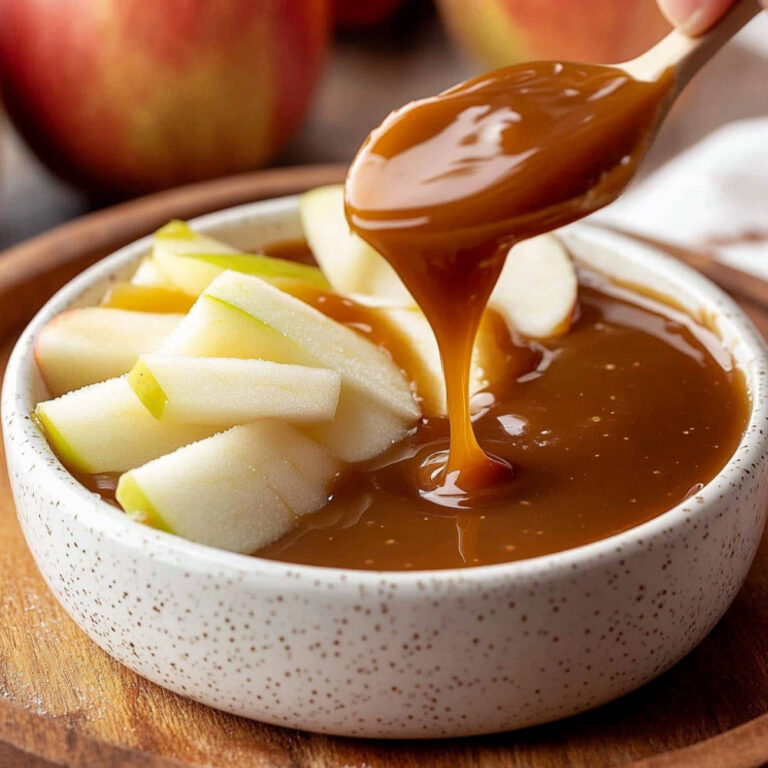Savory Homemade Gravy in Just 10 Minutes
Oh, there’s just something about homemade gravy that wraps around your meal like a warm hug… you know? It’s that magical touch that can take even the most ordinary dish to another level—like, suddenly your mashed potatoes aren’t just potatoes anymore, they’re cozy clouds of goodness. And trust me, making this savory homemade gravy in just 10 minutes is totally doable, even for the cooking novice. So, let’s roll up our sleeves and get into this delightful culinary experience together!
Why You’ll Crave It
- Rich, velvety texture that clings perfectly to everything.
- Quick and easy, with just a handful of ingredients—seriously!
- Customizable to suit any meal, from Thanksgiving turkey to weeknight veggies.
- Leftovers? Oh yes, and they reheat beautifully. You’ll want it on everything.
- It’s comforting in ways that words can hardly describe… just trust me on this!
My family fights over the last spoonful, always!
What You’ll Need
- Butter: 4 tablespoons of unsalted butter, because we want that lovely richness.
- All-purpose flour: 1/4 cup, this is our thickening magic here.
- Chicken or vegetable broth: 2 cups, just enough to bring it all together.
- Salt and black pepper: to taste, basic but essential.
- Optional seasonings: garlic powder, onion powder, or your favorite herbs, if you’re feeling adventurous.
Easy How-To
Starting with the Roux
Alright, first things first—grab yourself a medium saucepan and melt that butter over medium heat. Watching that butter melt is like a little moment of joy… Once it’s all gooey and liquid, toss in the flour, then whisk, whisk, whisk until it’s smooth. You want that to cook for about 2 minutes, just until it turns this lovely light golden color. Don’t rush it… the aroma is just heavenly!
Pouring in the Broth
Now here’s where the magic starts to happen… gradually whisk in the broth, like, really take your time—no lumps allowed! It’s kind of a dance, you know? Keep whisking vigorously until everything’s combined nicely. This is the moment your gravy transformation begins!
Let It Simmer
Bring the mix to a boil, then lower that heat and let it simmer for, oh, about 5-10 minutes. Stir it occasionally… you’ll see it get all thick and glorious. Just keep an eye on it until it reaches your desired consistency. If you want it thicker, let it simmer a bit longer!
Seasoning It Up
Okay, now taste it… it’s important! Season with salt and pepper (and the optional spices if you want). Just remember it’s all about finding that balance of flavors… So, adjust it until it feels just right.
Serve It Warm
When it’s thickened and seasoned to perfection, take it off the heat. Serve it warm—over mashed potatoes, roasted meats, or whatever your heart desires. Seriously, just dive right in…
Good to Know
- Want it thicker? Just stir in a bit more flour and let it simmer longer.
- For a flavor boost, sauté some onions and garlic before adding the butter… magical, I swear!
- Leftover gravy? Store it in an airtight container in the fridge for up to four days. Just warm it gently when you’re ready.
Serving Ideas
- Pour it lavishly over fluffy mashed potatoes… comfort food at its finest!
Top Tricks
- When de-glazing after cooking meat, use the same pan for extra flavor—they call that using your resources!
Frequently Asked Questions
Can I use cornstarch instead of flour for gravy?
Yes, absolutely! Just mix cornstarch with a little cold water to form a slurry, and stir that into your gravy. It’ll thicken nicely; just allow it to simmer until it reaches your desired thickness…
How can I make my gravy gluten-free?
You can swap the all-purpose flour for gluten-free flour or cornstarch and ensure all your other ingredients are gluten-free, too! It’s super doable!
What can I use instead of broth for gravy?
If you don’t have broth on hand, water works in a pinch, though, you’ll want to jazz it up with extra seasonings. Or stock cube solutions can also do the trick.
How do I store leftover gravy?
Pop it into an airtight container in the fridge for about 3 days, or freeze it for up to 3 months. Just reheat gently on the stovetop, adding a splash of broth if it thickens too much.
Why is my gravy lumpy?
Lumpy gravy usually happens when flour or cornstarch goes directly into the hot liquid… To avoid that, always whisk it into a cold liquid first or ensure it’s well incorporated as you add to hot mixtures. Easy fix!
Conclusion
This easy gravy recipe is just… well, it’s a staple! It’s versatile, delicious, and shows just how simple it can be to bring a little more love to your meals. Whether you’re a seasoned chef or just starting, this is your ticket to elevating a plate. Remember, cooking is all about having fun and sharing moments with loved ones.
More Recipe Suggestions and Combinations
- Mashed Potatoes with Gravy: Classic comfort food—pure joy!
- Roasted Chicken with Gravy: Enhances those rich flavors beautifully.
- Meatloaf with Gravy: Trust me, it’s satisfying and hearty.
- Biscuits and Gravy: A breakfast that feels like a warm hug.
- Vegetable Stir-Fry with Gravy: Salty goodness on fresh veggies!
- Mashed Sweet Potatoes with Gravy: This combo is a delightful surprise.

